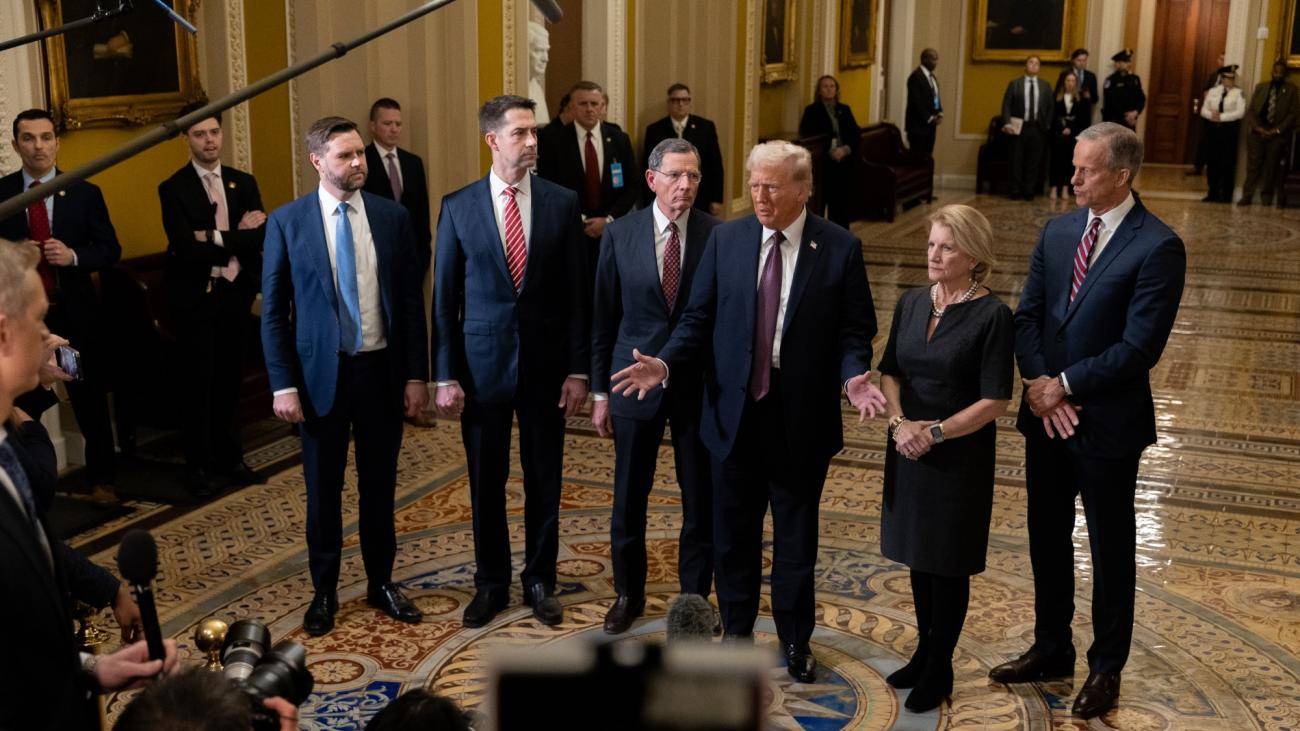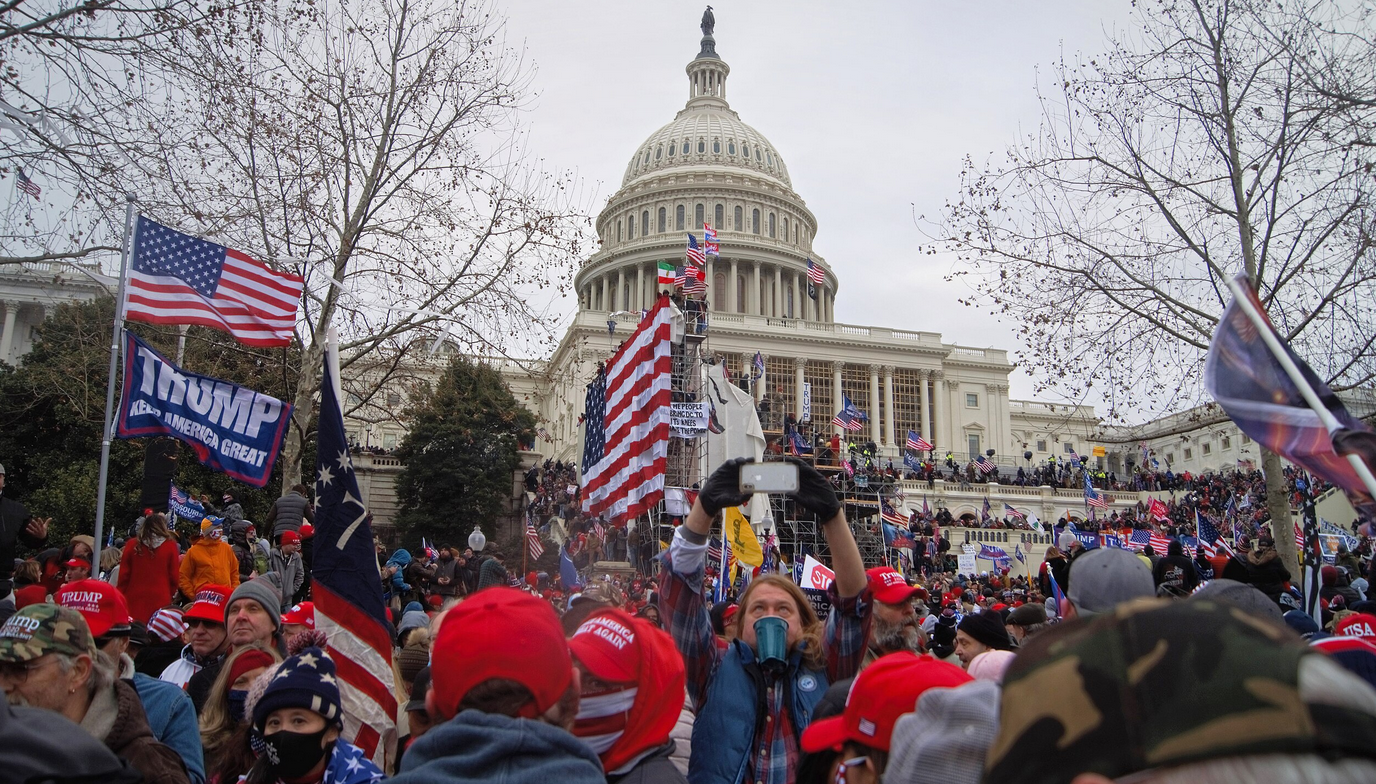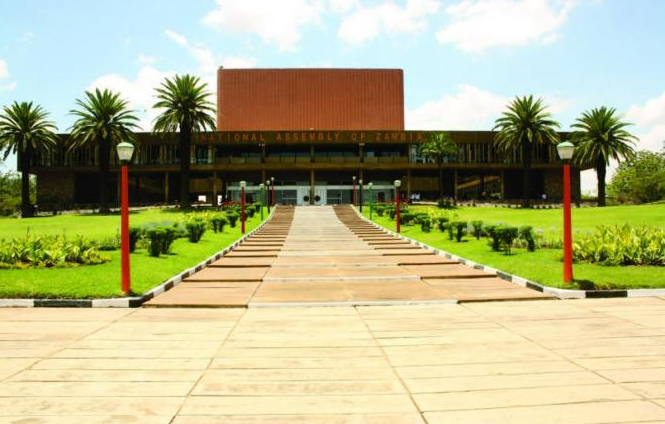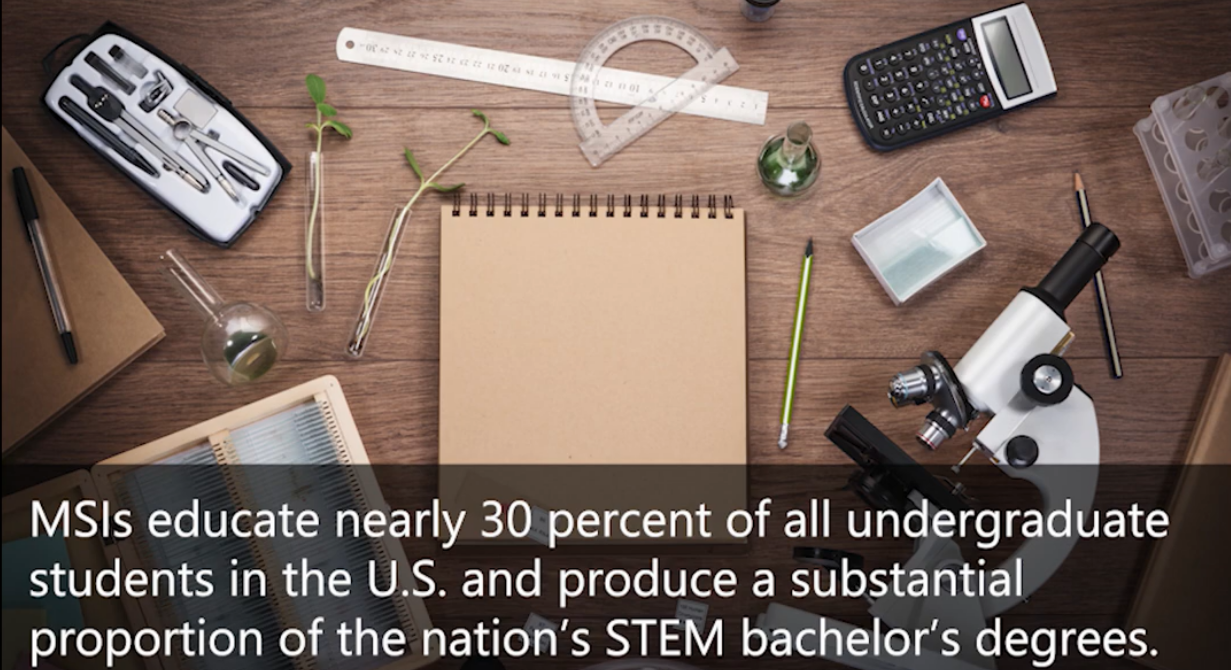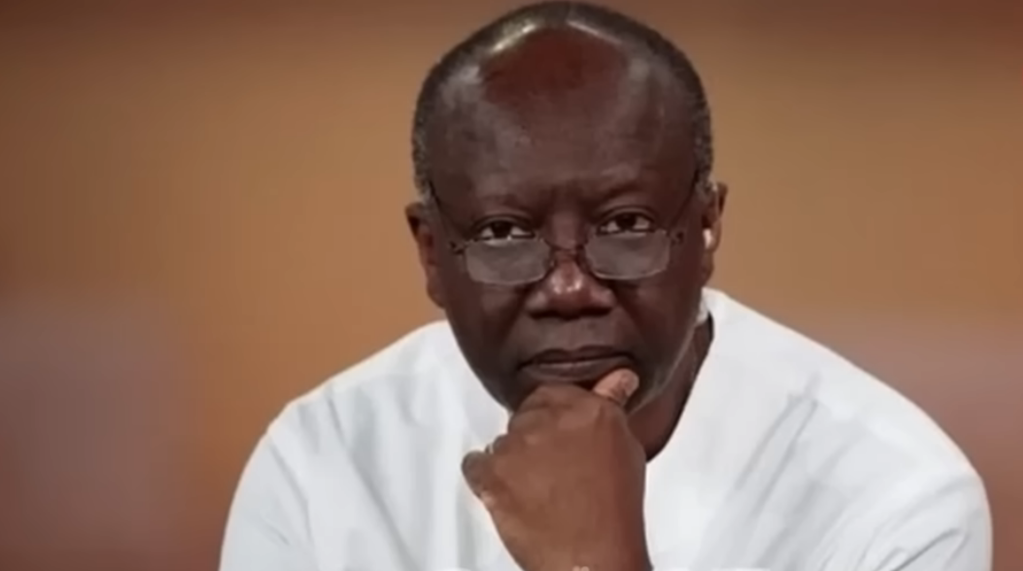Top 10 Policies Shaping U.S. Politics in 2025: Donald Trump’s new term will pass more responsibility for some issues especially education and health back to states. On the other hand, the federal government, following a very brief period of extreme charity during and since the pandemic, will be sending less money to states. For state legislators, all of this means a time of worry. States are starting the year in reasonably good shape. Budgets are largely stable, with refunds at or near record levels. Nonetheless, some states are already experiencing shortfalls, mainly blue states like Maryland and Washington. Sales tax revenues have been slowly but gradually going down for months, while transportation spending has been going up.
Key Policies Influencing the U.S. Political Landscape in 2025
1. Artificial Intelligence
State legislators worry that AI is a still-evolving technology that could be misused, whether intentionally or not. Some lawmakers worry about cyber attacks on critical information. Critics worry that excessive regulation may discourage some businesses from doing well or restrict innovation. Members of the Multistate AI Policymaker Working Group exchange ideas, learn together about the technology and agree on shared definitions and frameworks in addition to crafting any laws according to their own individual states. Members of the working group include lawmakers from Colorado and other states making similar policies, including Texas and Connecticut.
Also read : Top 10 Democratic Presidential Candidates for 2024
2. Budget
As 2025 approaches, budgets are mostly in decent condition, but a number of risk factors are on the rise. As has long been expected, supplemental federal aid put in place during the pandemic has largely impacted. State sales tax revenue has declined for several consecutive months. Federal tax and spending cuts in the expected range would hit states hard, particularly if Medicaid is cut. Medicaid pays for two-thirds of this money, and state and local governments get a third of their revenues from Washington.
3. Crime
Crime is down, most notably homicide, but public fear remains high. In Arizona and California, last November voters approved initiatives calling for longer sentences. California voters also seemed influenced by signs of social instability, including an increase in homelessness and drug use on city streets, and retail stores locking up basic goods, which contributed to voters feeling unsafe in their neighbourhoods. As the new year begins, some new state laws go into effect aimed at making it easier for offenders to re-enter society. Illinois, for instance, is making sure that those who were charged as juveniles have their records wiped clean two years after they finish their sentences. New York advocates are expected to keep pushing this year for sentencing changes they believe could lower prison violence.
4. Education
Education is a top priority and the US government is very focused on it. However, there has been a demand for private schools since the pandemic hit the world. Eleven states have implemented universal school voucher programs in the past two years alone. There are many school boards that are also fighting for the rights of transgender students.
5. Housing
In many places, Democrats and Republicans have begun to commit themselves to the idea of lowering zoning and other restrictions to create more development, as housing costs have emerged as fearful issues throughout the nation. The state legislature is preparing to adopt a variety of housing initiatives, including new state tax credits for the development of affordable housing.
Also read : Top 10 Educated Countries in the World 2024: Education Systems Explained
6. Insurance
Recently the National Flood Insurance Program, which holds the biggest claim to the market for that type of insurance, announced that it would now allow payments every month instead of only once a year. The authors of a blueprint for governance called Project 2025 created for the Trump administration are also looking towards the privatization of this subsidized insurance for the taxpayers.
7. Medicaid
Medicaid has been in expansion mode in recent years, raising payments to providers, expanding coverage and even paying in some states for non-medical interventions that can affect health as well as housing. Those days are over. Medicaid is about to enter an era of severity. But by how severe is a major, unanswerable question at this point? Medicaid is cut, and it will likely appear in a second reconciliation package focused on tax cuts that might not get voted on until the end of this year.
8. PFAS
PFAS are a class of chemicals used in numerous products and are prized for their stain- or waterproofing properties. A major question going into next year is what the Environmental Protection Agency (EPA) will do about drinking water standards for PFAS that were finalized in 2024. Under these regulations, states get two years to write rules that will limit levels to federal thresholds or lower, and then they need to see and enforce compliance.
9. Social Media
There’s support for child online safety laws. Nevertheless, many of the policies have drawn legal pushback. Legal challengers argue that access restrictions based on age conflict with rights to free speech, and that age verification can prevent adults from maintaining anonymity when using the platforms. Another approach is also gaining attention, which is banning devices. Louisiana banned students from using cell phones during the school day.
10. Taxes
State budgets are already under stress this year. There’s still lots of space for tax cuts. While income taxes may have a legal path ahead, wealth taxes are more likely to face a tough situation. Progress can be seen all over the country as they watch the strategy as the potential new source of big revenue.
Conclusion
As 2025 upholds, state legislatures are in for complicated challenges and opportunities. Although budgets are somewhat level in all but a few states, contraction in sales tax revenues, increasing transportation costs, and potential Medicaid cuts make policymakers worried.
Also read : XRP Becomes the 4th Largest Cryptocurrency in the World ($100 billion)
FAQ
1.How are states preparing for potential spending cuts?
States are focusing on maintaining budget stability, exploring alternative revenue sources, and enacting policies.
2. What steps are being taken to address public safety concerns?
Some states have passed laws to ease offender reentry into society, while others are implementing stricter sentencing for certain crimes.
3. What is the status of school voucher programs?
Eleven states have introduced universal school voucher programs in the past two years, reflecting increasing demand for private education.
